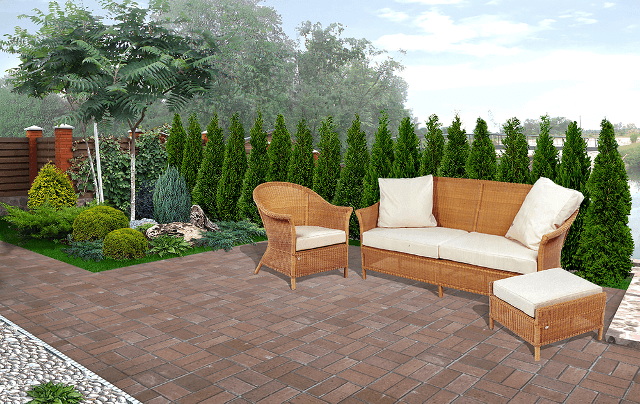Helpful Landscaping Ideas
In architectural terms, landscaping means the art of modifying land areas through the use of natural, cultivated, or constructed elements in an organized manner and with accordance to a comprehensive yet aesthetic planning. If you are getting interested with this art, it is best to come up with fresh landscaping ideas to set your self apart from the rest.
Indeed, landscape design is one of those terms that can be quite overwhelming especially for neophytes. But, this doesn’t have to sound so intimidating because the underlying principles in it can be translated in simple terms or layman’s terms, so to speak. Once translated into less complicated terms, landscaping would be easily understood and more people can do it on their own.
Aiding the ideas of creation
If you new into landscaping, you need to landscaping ideas to help you create you own one. But, before going gaga over numerous landscaping ideas out there, you need to familiarize yourself first with the basics of the art. These include knowing the basic elements of landscape design such use of colors and its combination as well as the various color theories. The standards of forms, lines, scales, and textures should also be pondered upon.
To help you come up with your own landscaping project, here are some helpful landscaping ideas that you can use in order to enhance the beauty of your home or make your own personal space pleasing to the eye.
1. Always assimilate the hardscape into the initial and final landscape design. “Hardscape” refers to elements and features including fences and other decorations used in the garden as well as patios and decks because these will give a wonderful transition coming from your indoors to the outdoors of your garden. Always make sure that the elements used in hardscape will complement other elements such as plants.
2. Try building a dependable but fashionable set of fences. People might not notice it but fences—if placed and designed properly—can create a huge difference in the overall look of the house. When doing your own landscape, make sure that you invest on great-looking fence because it will be standard in the garden. To be more creative, try to use plants as a fence aside from using the traditional wood ones. Here, you have a unique and reliable fence that will speak of your distinct taste and preference. But, if you plan to use plants as fence, make sure that they are composed of shrubs so they will be easier to manage.
3. Consider using foliages and drought-tolerant plants to use. If you are not sure if you can take care of the plants in your garden regularly, make sure that you use plants that don’t need constant watering and taming.
4. Combine colors of plant foliages and flowers. To create an eye-catching landscaping, always think of the characteristics of the foliage. Make sure that the foliage of plants has various textures and colors to create easy patterns that are pleasing to eye.
5. Be experimental in choosing materials. One of the most refreshing landscaping ideas out there is the use of substitutes in place of the traditional ones. This is because in enables the designer to explore more possibilities and lets him or her to be more creative.
One good example is the use of wood chippers especially for those who constantly redesign their space. These are a good option especially for people who want to trim their growing plants often.





